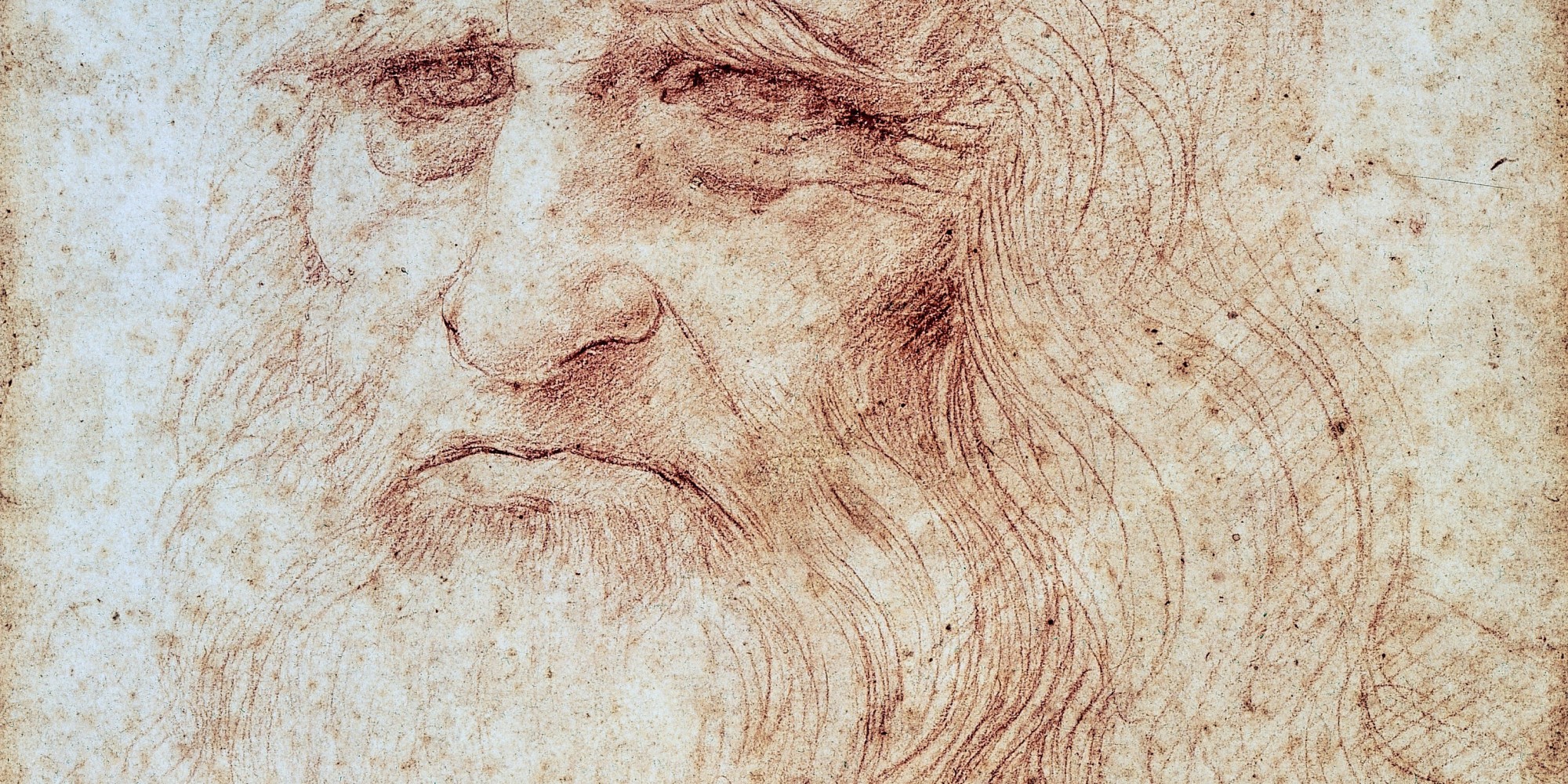For Pythagoras, the ancient Greek mathematician and philosopher, numbers were not only sacred but a solemn reflection of all things, the true fiber of nature from which all unfolded. That meant everything was constructed upon mathematical patterns. It’s no wonder we use accurate numbers to describe the proportion of male to female bees in a hive, or even to calculate the spiral arrangement of leaves. But what about something as subjective as harmony, or beauty? What do these numbers have in common with Mona Lisa’s eyes? The answer is 1.618 — and I’m not even kiddin’.
Mathematically, the Golden Ratio states that two quantities are in optimal relation to each other if their ratio is the same as the ratio of their sum to the larger of the two quantities. It can be expressed, rounded to three decimals (being an irrational number like pi), as 1.618. Being found throughout nature, it was said to hold the key to the proportions of beauty and harmony, and used with that aim since antiquity. Phidias, the architect of the Parthenon in Athens, used this proportion to build that structure, which is why the number is represented by phi (Φ).
This numerical fascination for patterns in beauty was taken up by many other lovers of art and mathematics. In the year 1490, a particularly famous connoisseur sketched in one of his diaries an illustration that reflected the Renaissance ideal of Man as the measure of all things: the Vitruvian man, illustrating the Roman architect Vitruvio’s canon of perfect human proportions — a concept developed from the Golden Ratio.
Da Vinci, like many other painters of the Renaissance, designed the elements of his paintings to adhere to this ratio. This creates a meticulous method of expressing effortlessness, imitating the natural patterns of nature to avoid looking artificial. Later artists such as Dali followed suit.
Look around: The human things that better blend in with their surroundings are probably the ones that were the most thought through, and even the ones that sometimes pass unnoticed. (I usually think the most appropriate music is the one only noticed when silenced.) Phi's harmony is everywhere; you have only to observe.
Artur Deus Dionisio




The Vitruvian Man
Pen, ink and watercolor over metalpoint on paper • 35 cm x 26 cm
 Leonardo da Vinci
Leonardo da Vinci